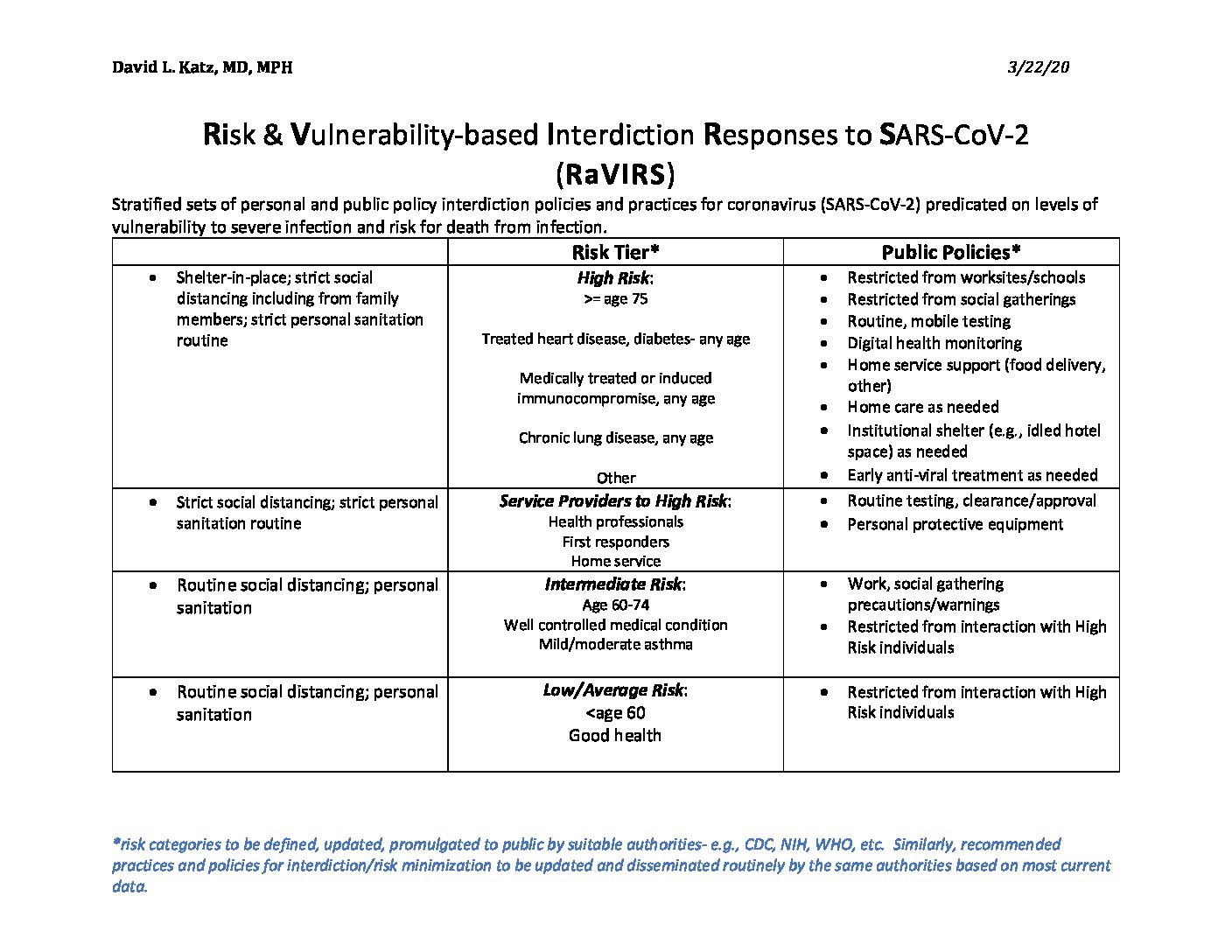There is a trade-off: how many lives will be taken by Covid-19 and how many lives will be lost due to our attempts to prevent loss of lives from Covid-19, writes Professor Ananish Chaudhuri of the University of Auckland
In his book “Risk Savvy”, the behavioural scientist Gerg Gigerenzer notes that, in the immediate aftermath of September 11, 2001, many Americans decided that flying was too risky. Instead, they chose to drive. In the 12 months following the attacks, an additional 1,500 people lost their lives on the road while trying to avoid the risk of flying. This is more than the total number of passengers in the planes used in the attack.
A similar phenomenon is playing out right now as the world essentially comes to a standstill to prevent deaths from Covid-19. But in doing so, we are focusing on what the psychologist Daniel Kahneman calls “identified lives”; the loss of lives that are right in front of us. Gigerenzer calls this the “fear of dread risk”: the apprehension about losing a lot of lives within a short time.
Every day, we learn how many people died of the coronavirus around the world. But many of those people would have died in the normal course of events, from a variety of reasons such as heart-attacks or flu. So, the issue is not so much how many people died of Covid-19, but how many more?
In focusing on identified lives, we ignore the loss of “statistical” lives. It is likely that the total impact of that loss will be greater than any loss of lives due to Covid-19. But those deaths will register less on our collective psyche since they will be diffused, scattered all over the world and will not be reported on in the same manner.
Like it or not, there is a trade-off here: how many lives will be taken by Covid-19 (identified lives) and how many lives will be lost due to our attempts to prevent loss of lives from Covid-19 (statistical lives).
In fact, at the time of writing, hospitals in Washington State, which has been hard hit by the virus, are engaged in a bleak triaging of which patients should receive treatment and which should not, since providing everyone with adequate treatment is no longer an option.
A recently released influential paper by Neil Ferguson and colleagues at Imperial College, London suggests: “Two fundamental strategies are possible: (a) mitigation, which focuses on slowing but not necessarily stopping epidemic spread and (b) suppression, which aims to reverse epidemic growth, reducing case numbers to low levels and maintaining that situation indefinitely.”
However, in reality these are part of a continuum: to what extent do we force people to self-isolate, curtail economic activity and reduce social contact? According to Ferguson and his colleagues, we will need to do this for 18 months.
But, bear in mind that we are really dealing with probabilities here. A shutdown of 18 months will work better than a shut-down of six months, which is better than four weeks; each imposing a different magnitude of social and economic costs.
Already, we are seeing a spike in unemployment claims and business insolvencies. We know that unemployment results in significantly lower life expectancy. It will also lead to homelessness and increased poverty. Mental health problems, particularly among children, will rise dramatically. All of these will also take a toll on healthcare systems and healthcare workers. The human cost of job losses and bankruptcies will be massive. Much of the pain of this shut-down will be borne by the socio-economically disadvantaged.
Beyond a certain point, it would just not be worth it to keep the economy shut down in order to save more people. Does the Government (or Treasury) have realistic estimates of how much the economy will shrink, how many jobs will be lost, how many businesses will go bankrupt? How large is the relief package required to prevent an economic catastrophe if the lockdown ends after four weeks or if it continues beyond that? Surely, this calculation should play a role and dictate how long a shut-down we can survive.
The real question here is: How large is the reproduction rate; i.e., the rate at which the contagion spreads? Current estimates suggest this rate for coronavirus is more than two; each infected person is affecting more than two others. We need to bring this number down as far as practicable.
It seems strict self-isolation should be able to achieve this goal. At this point, and I may well be proved wrong, Japan seems to be successful in keeping the spread down while allowing people to go about their business.
It is clear a crucial factor is population density. So a lockdown in places like Auckland or Wellington may make sense. It is not clear to me that large parts of the South Island, with low population density, need to be locked down.
For much of the country outside the large metropolitan areas, we should be able to do what we were doing before. Avoid large gatherings and implement self-isolation as needed. Complement this with public service announcements about good hygiene and the need to stay home if someone believes they may be infected in order to bolster the social norm of self-isolation.
Let people decide their risk-tolerances. Offer all those above 60, those with a history of respiratory problems or ones with compromised immunity the opportunity to work from home, should they choose to do so. Support businesses in providing paid sick leave to these workers over and above their usual entitlements.
What we face right now is a social dilemma; those who have been infected need to make sure that they do not spread the infection. But, evidence suggests Kiwis were and are doing a pretty good job with self-isolation. People who are obviously flouting self-isolation rules are being denied patronage at businesses and at times being reported to the police.
My research suggests people can be quite good at solving such collective action problems; that exhortative public messages asking people to choose cooperative actions can succeed. It may need to be backed up with sanctions for hard-core violators.
At the very least, the Government should track the path of the infection and selectively loosen restrictions in different parts of the country as and when appropriate. Ideally, much of the country should be restriction-free before four weeks have passed.
This will allow us to mitigate both the coronavirus catastrophe as well as the catastrophe of another Great Recession.
First appeared in Newsroom, April 8 2020




